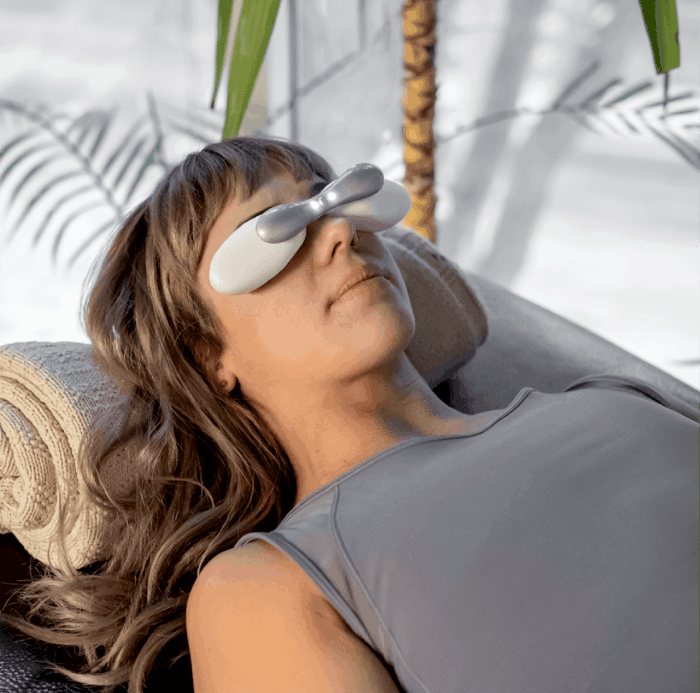Ambulatory Blood Pressure Monitor
Wearable Monitoring on a Tiny ScaleAmbulatory Blood Pressure Monitor
Ambulatory blood pressure monitoring is used to detect, measure and manage high blood pressure or hypertension in patients suffering from a wide variety of conditions. This type of monitoring is traditionally conducted with a mobile apparatus similar to a sphygmomanometer – the blood pressure cuff most often found in a doctor’s office or clinic – connected to a large battery powered recording unit. These apparatuses are cumbersome and temperamental, sometimes requiring the patient to sleep in unnatural positions so as to not inhibit the operation of the unit. 42 Health Sensors, a Calgary Medical Device Start-up has devised an innovative way of taking and collecting these measurements through a much smaller and less invasive device.
The company had been developing this new technology, which was able to collect real-time beat-to-beat blood pressure measurements, since 2012. Having demonstrated its efficacy through a proof of concept prototype, they were in need of further support to develop a device that could provide a benchmarked and validated blood pressure signal. Tangent’s experience with the regulatory requirements of Health Canada and the FDA in combination with our ISO 13485 certification made us a natural partner for developing this technology and supporting the company through the regulatory approval process.
The Tangent team of electrical engineers began by developing both a mathematical simulation and a bench model of the design for testing and verification in our lab to verify the function of the device and demonstrate that it could be reliably used to take accurate blood pressure measurements. Meanwhile, the mechanical engineering and industrial design team began the design of the enclosure – striking a balance between a form that met the mechanical requirements of the device and constraints associated with mass production medical plastics while addressing the needs of both the patient and the clinician.
The result was an alpha prototype using an updated electrical design housed within a 3d printed mechanical enclosure. This prototype could be easily connected to test equipment in our lab. This allowed the project team to test the function of three critical aspects of the design – function of the electronics within the mechanical enclosure in concert with usability – as an integrated prototype.
With the insights gained from this prototype, Tangent is designing the beta prototype which would carry the project through the final stages of testing. Once the design is verified through an additional phase of prototyping and testing, design for manufacture will commence in parallel with supporting 42 Health Sensors through the regulatory testing associated with IEC 60601 and Class II medical devices.
42 Health Sensors began with an idea for measuring blood pressure in a novel way but needed engineering and design support to verify their technology and produce a device that could be manufactured in a way that meet the requirements of medical devices. Tangent was not only able to provide the support to prove and further develop the technology but a robust and elegant product that is poised for manufacture and the regulatory testing.
